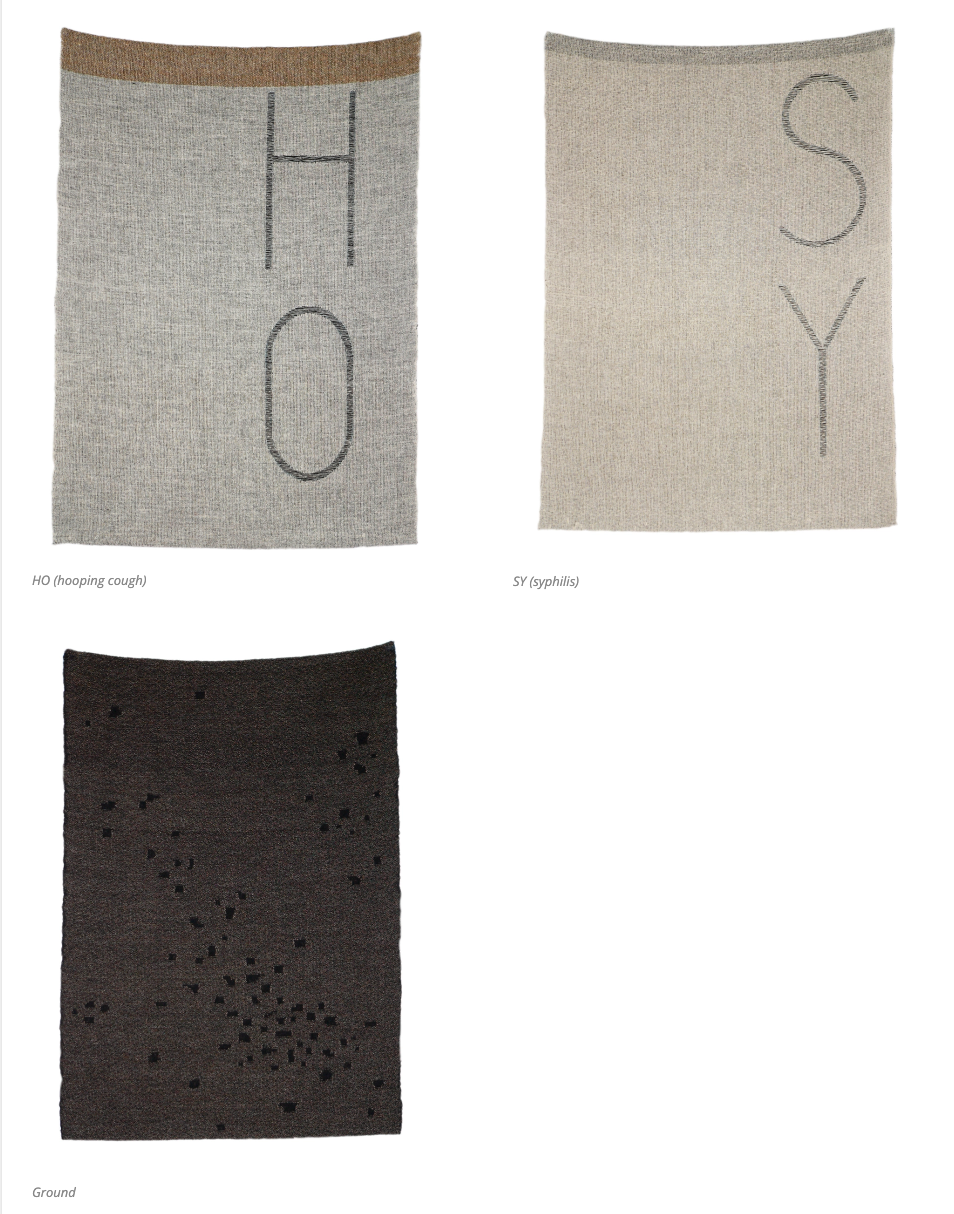D1
‘PURGE’
DISCOURSE
empty /ˈɛm(p)ti/ adjective
containing nothing; not filled or occupied.
desolate /ˈdɛs(ə)lət/ adjective
(of a place) uninhabited and giving an impression of bleak emptiness.
feeling or showing great unhappiness or loneliness.
void /vɔɪd/ adjective
completely empty.
free from; lacking.
void /vɔɪd/ noun
a completely empty space.
an unfilled space in a wall, building, or other structure.
an emptiness caused by the loss of something.
trace /treɪs/ verb
find or discover by investigation.
copy (a drawing, map, or design) by drawing over its lines on a superimposed piece of transparent paper.
traces /treɪs/ plural noun
a mark, object, or other indication of the existence or passing of something.
a very small quantity, especially one too small to be accurately measured.
LEGAL DEFINITIONS
UN- Genocide
Genocide Conventions: 1948 refer Article 6 for continuation.
Article 2
In the present Convention, genocide means any of the following acts committed with intent to destroy, in whole or in part, a national, ethnical, racial or religious group, as such:
Killing members of the group;
Causing serious bodily or mental harm to members of the group;
Deliberately inflicting on the group conditions of life calculated to bring about its physical destruction in whole or in part;
Imposing measures intended to prevent births within the group;
Forcibly transferring children of the group to another group.
UN- Crimes Against Humanity
Article 7
*not codified due to definition, report recommendations.
General Consensus under Rome Statute: 1998
For the purpose of this Statute, ‘crime against humanity’ means any of the following acts when committed as part of a widespread or systematic attack directed against any civilian population, with knowledge of the attack:
Murder;
Extermination;
Enslavement;
Deportation or forcible transfer of population;
Imprisonment or other severe deprivation of physical liberty in violation of fundamental rules of international law;
Torture;
Rape, sexual slavery, enforced prostitution, forced pregnancy, enforced sterilization, or any other form of sexual violence of comparable gravity;
Persecution against any identifiable group or collectivity on political, racial, national, ethnic, cultural, religious, gender as defined in paragraph 3, or other grounds that are universally recognized as impermissible under international law, in connection with any act referred to in this paragraph or any crime within the jurisdiction of the Court;
Enforced disappearance of persons;
The crime of apartheid;
Other inhumane acts of a similar character intentionally causing great suffering, or serious injury to body or to mental or physical health.
UN- War Crimes
Hague Conventions: 1899 & 1907
Geneva Conventions: 1864, 1949 & 1977
Article 8
The Court shall have jurisdiction in respect of war crimes in particular when committed as part of a plan or policy or as part of a large-scale commission of such crimes….see UN website for continuation of Article 8 definition.
UN- Ethnic Clensing
*not codified due to definition, report recommendations
"… rendering an area ethnically homogeneous by using force or intimidation to remove persons of given groups from the area."
“… a purposeful policy designed by one ethnic or religious group to remove by violent and terror-inspiring means the civilian population of another ethnic or religious group from certain geographic areas.”
The Commission of Experts also stated that the coercive practices used to remove the civilian population can include: murder, torture, arbitrary arrest and detention, extrajudicial executions, rape and sexual assaults, severe physical injury to civilians, confinement of civilian population in ghetto areas, forcible removal, displacement and deportation of civilian population, deliberate military attacks or threats of attacks on civilians and civilian areas, use of civilians as human shields, destruction of property, robbery of personal property, attacks on hospitals, medical personnel, and locations with the Red Cross/Red Crescent emblem, among others.
“… constitute crimes against humanity and can be assimilated to specific war crimes. Furthermore, such acts could also fall within the meaning of the Genocide Convention.”
PRECEDENTS
Mona Hatoum Home 1999 Mona Hatoum Silence 1994
Julie Gough (In)Case of Emergency 2011
Anne Ferran In the ground, on the air 2011
Anne Ferran Spill 2002
Patrick Pound Damaged 2008-2017
Jordan Nassar Tatreez
TATREEZ
Historically, each village in Palestine had their own tatreez patterns. After the violent displacement and dispossession of Palestinians in 1948 people were living together in refugee camps. The different styles of tatreez became less distinct and have continued to evolve with the diaspora.
Embroidery from Beersheba Dress (Palestinian thobe) early in 20 century. The red embroidery in Beersheba was worn by married women while the blue by unmarried women/widow.
https://en.wikipedia.org/wiki/Tatreez
MATERIALS
Concrete, Cotton, Sand, Collected Materials- bird cage, mirror, “gate”, electrical cable, pipes plumbing
LIBRARY BOOKS
DRAWINGS
Language, Politics, Artists, Drawings, Materials, Targets, Form, Filter
Ethnic Clensing, Genocide, Politics, Crimes Against Humanity, War Crimes, Filter
NOTES
































































